HRV
-
@mr-quality wrist HR measurement accuracy depends a lot on how you wear the watch, and there may be individual factors as well, like dark skin or lot of hair. For me, when using a 3rd party velcro watch strap, tightened enough, wrist HR is pretty accurate on both the Race and S9B.
-
I have the same, used a garmin and a coros with a baseline of 35-45 ms accros both brands, with suunto I m in the 25-35 ms range, not a big deal I think as hrv is something you should consider compared to a baseline values and see its evolution to reflect you day recovery
-
@mr-quality it seems there are not using the same hrv définition -there are a few. So you cannot directly compare the figures.
-
@raceaddict I find the HR pretty accurate on my Vertical.
Yesterday 160k on the bike. Wahoo bike computer via Polar HR strap Suunto on wristAverage HR was identical. Max was 3 beats higher with strap.
Some of the zones are different, but I’m not sure if that is more down to set up
Anyway it is awful for some people but pretty accurate for others. Which seems to be the nature of wrist HR.
-
@raceaddict The calculation is medically fixed and predefined. It is identical in the descriptions. In this respect, the values determined are decisive and these in turn come from the sensor. It is worth taking a look at the number of sensors and positioning at Polar and Suunto. Based on this, I would assume that Polar has a higher accuracy.
-
@Audaxjoe Maybe. The test reports criticized what I also noticed. During sporting activities with rapidly changing pulse rates, the sensor on the wrist does not keep up and shows excessive deviations.
-
@mr-quality said in HRV:
@raceaddict The calculation is medically fixed and predefined. It is identical in the descriptions. In this respect, the values determined are decisive and these in turn come from the sensor. It is worth taking a look at the number of sensors and positioning at Polar and Suunto. Based on this, I would assume that Polar has a higher accuracy.
Even wikipedia doesn’t agree https://en.wikipedia.org/wiki/Heart_rate_variability
See Analysis paragraph. I don’t want to count all of them, too many for sure.You cannot compare absolute values vs Garmin/Polar, but the trend should be the same.
-
If you know something about this topic, you should know that there are different methods for the hrv… Suunto uses RMSSD I think. I‘m nearly sure that the other brands use others metrics… that‘s why you cannot compare the absolute values.
If you are interested in this topic…
1-s2.0-S0735109797005548-main.pdfTable 2 and 3 are interesting.
-
@mr-quality said in HRV:
@szaboat74 the measurements of Suunto are wrong. I checked in parallel the measurements via Garmin and Polar. The results are round about 10 ms higher as Suunto is showing. It seems to be that they in general have an issue with there sensors. HR at the wrist is also faulty especially during exercises. It is very sobering in itself when this is the case with a current model like the Race.
Comparing an AppleWatch with Suunto I get very similar readings, the trend is always the same even if the numbers are slightly different.
-
@SuperFlo75 The descriptions of the methods are identical in the freely accessible operating instructions. The difference with Polar is that they only record the first four hours as soon as you fall asleep. The data is recorded for the entire bedtime and can be viewed and analyzed. This means that I would sometimes have even greater deviations, as the HRV is often higher on average after the four hours.
-
@raceaddict The method used is the same for all of them: RMSSD. In this respect, Wikipedia also confirms that this method is medically fixed. If everyone uses the same method, a comparison must be possible.
-
@mr-quality but what time suunto neasures the HRV? the first 4 hours from the sleep or the whole time from sleeping? No infos in the manual?!
-
@GiPFELKiND According to the information directly in the app, the entire bedtime.
-
@mr-quality I just saw that RMSSD is used by Suunto, Polar, not sure by Garmin… Apple uses SDNN… but it seems that it is important that you compare the same test situation/setting… and I think that here are the differences
-
When you have S. Vertical on one hand and, for example, Garmin Tactix 7 Pro on the other - the difference in HRV is huge, e.g. Suunto shows 35 and Garmin shows 110 !!! (changing the hand, right or left, does not change anything). When in this case (i’m 44 y.o.) medical charts - age related - suggest readings approximate 35-45.
-
@aslysz Wow, the difference is huge! But if you look at the medical charts for your age… your value seems to be correct? If Garmin really uses RMSSD, your value seems to be too high? It‘s just my opinion, but I‘m orthopedist and not cardiologist
 Did you compare the trend of both watches? The trend of HRV should be comparable, that‘s what I expect. I only have my SV, so I cannot compare…
Did you compare the trend of both watches? The trend of HRV should be comparable, that‘s what I expect. I only have my SV, so I cannot compare… -
@aslysz I tend to ignore the raw numbers and focus on the trends. Although yes Suunto gives me ~20ms and Apple/Garmin 40-60
-
My S9PP - which I believe has the same sensor and presumably the same data collection and analysis protocols as the Race for HRV - has previously given the same HRV values as my Garmin watch (an Enduro).
I checked again last night after seeing this thread: Garmin 92ms; Suunto 90ms. Minimum HR was also within 1bpm.
During rest, sleep etc, I’ve never seen any meaningful difference between Suunto watches, Garmin watches or any other sensor for HR-based measurements. Whereas during exercise, Suunto wrist HR is generally unusable for me, with few exceptions. But my Garmin watch is barely any better in this respect, I just use an external sensor.
Garmin mention in this article the difficulty with comparing HRV values between devices that may use different methods of data collection and analysis: https://www.garmin.com/en-GB/garmin-technology/health-science/hrv-status/
Like any measurements of this nature, the extent to which this results in differences in summary values when using different protocols depends on the underlying data set. Perhaps these differences are less likely to be apparent with higher HRV values like mine and/or when HRV remains relatively stable during the measurement period. -
It seems to me that my values given by Suunto are consistent with most cards with averages of healthy people. The Garmin values seem to be highly overestimated (when Suunto works, unfortunately the HRV measurement does not work at all), there are no such results in medical tests. I’m attaching some of the collected preview material

I guess you’re right, trends and deviations may indeed be the most important.
It’s the first time I read and see that these measurements are so consistent! I wonder why they are there for you and not for us (see above)?
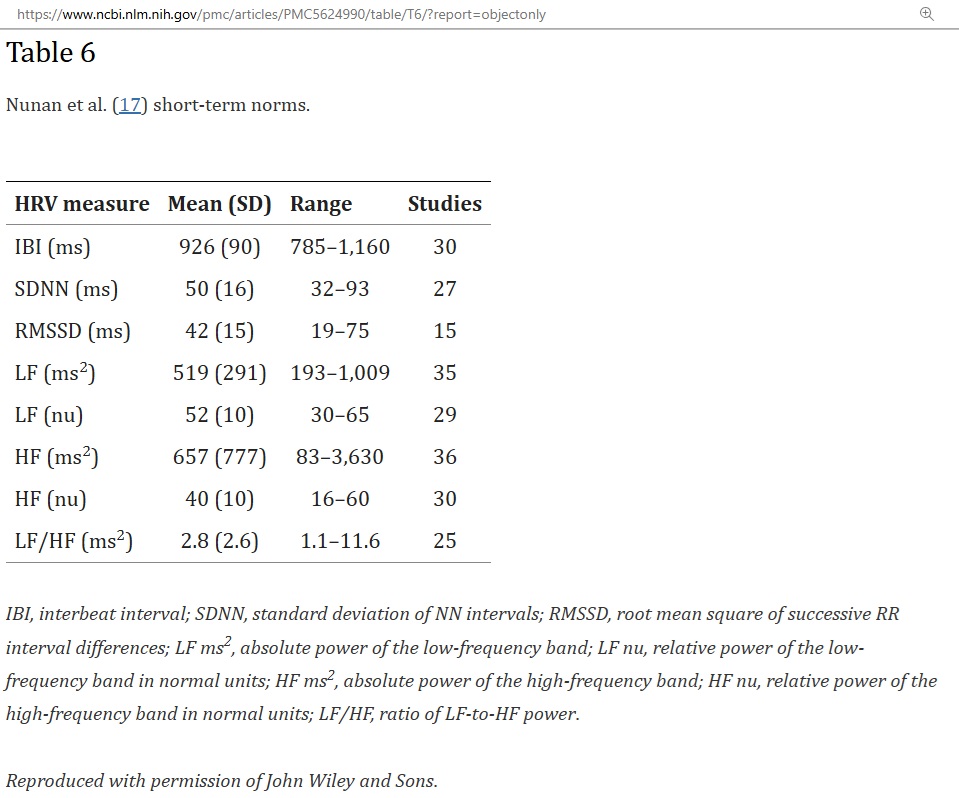
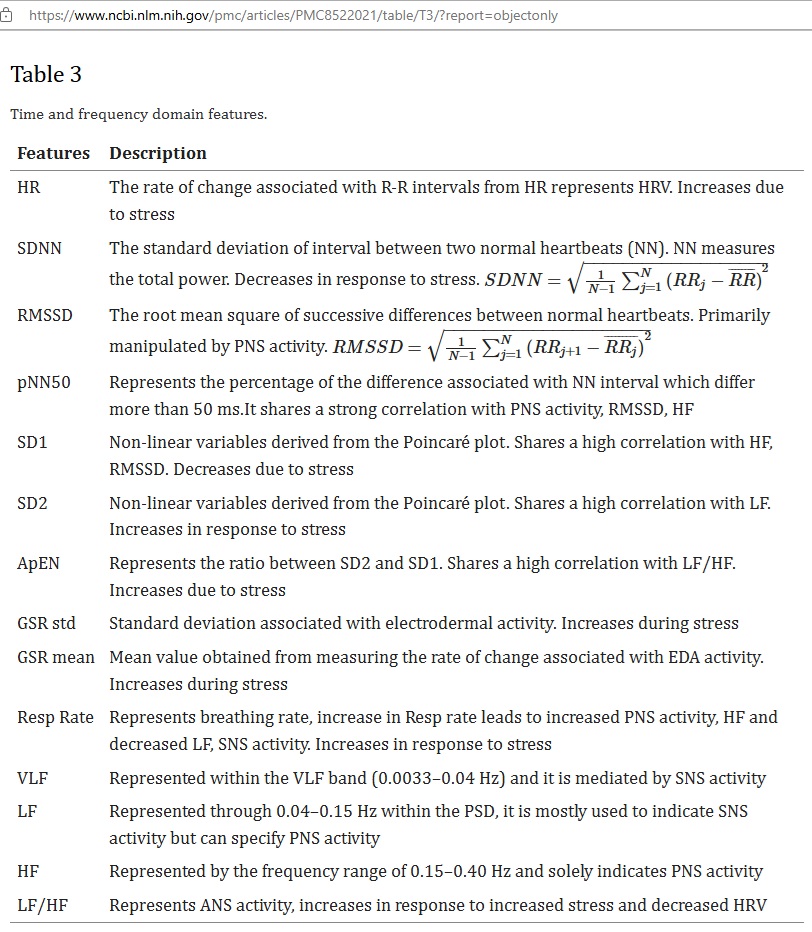
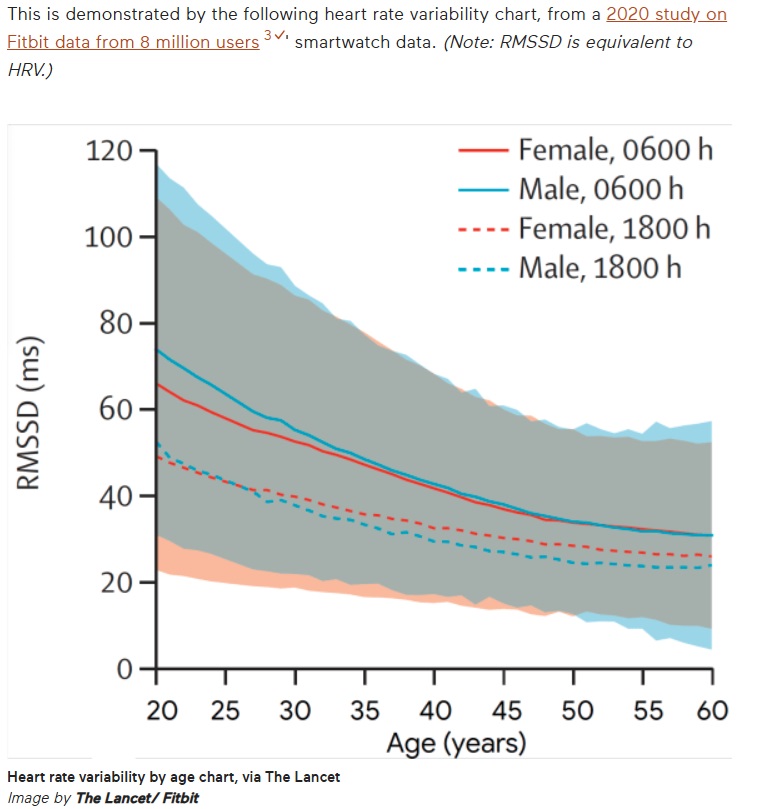
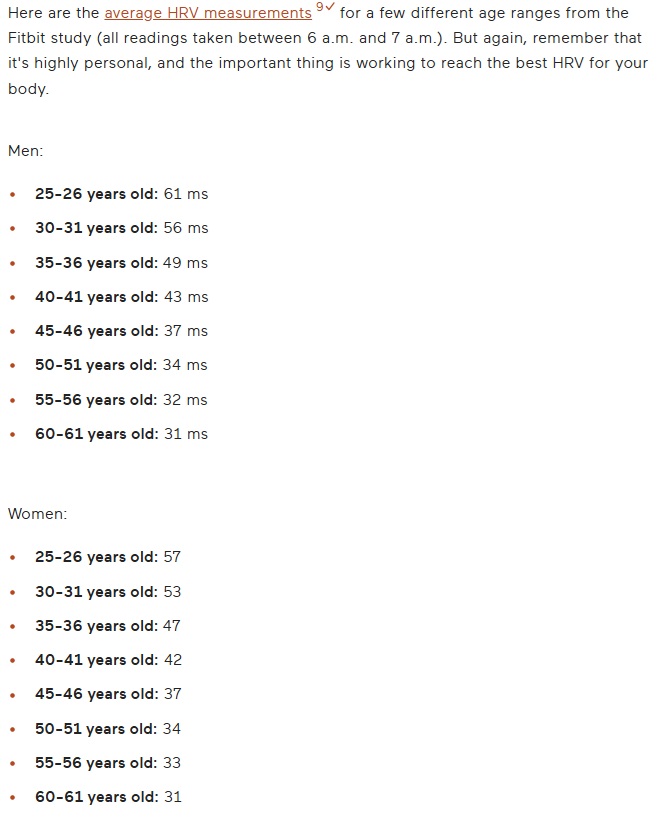
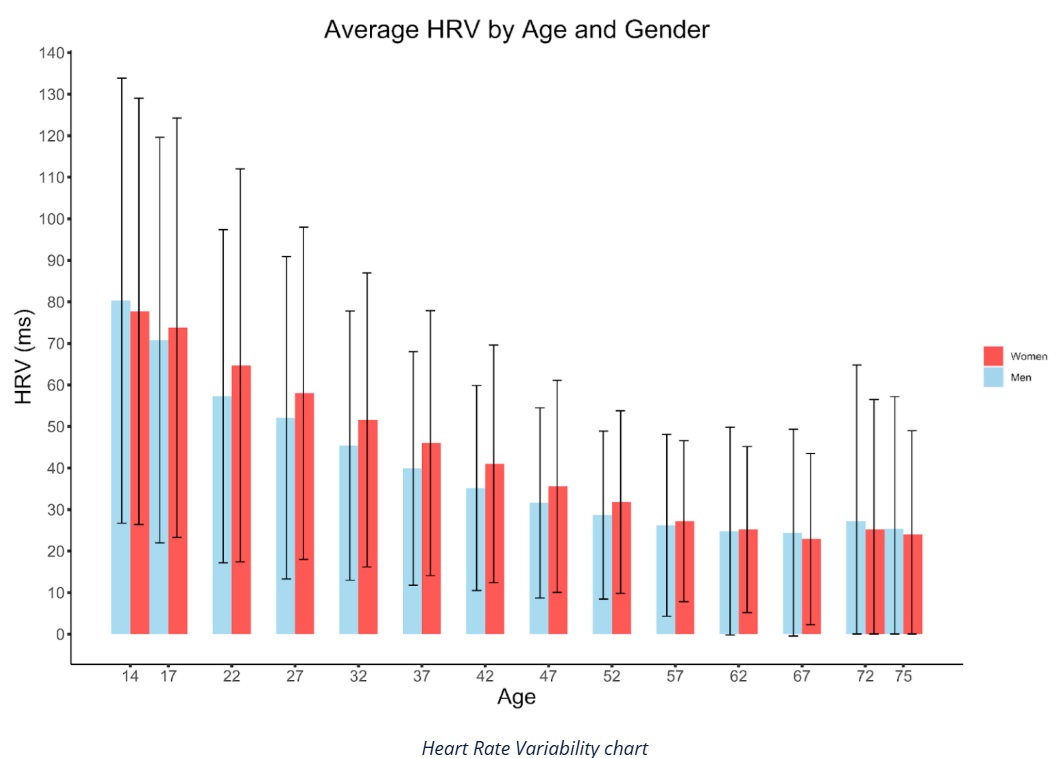
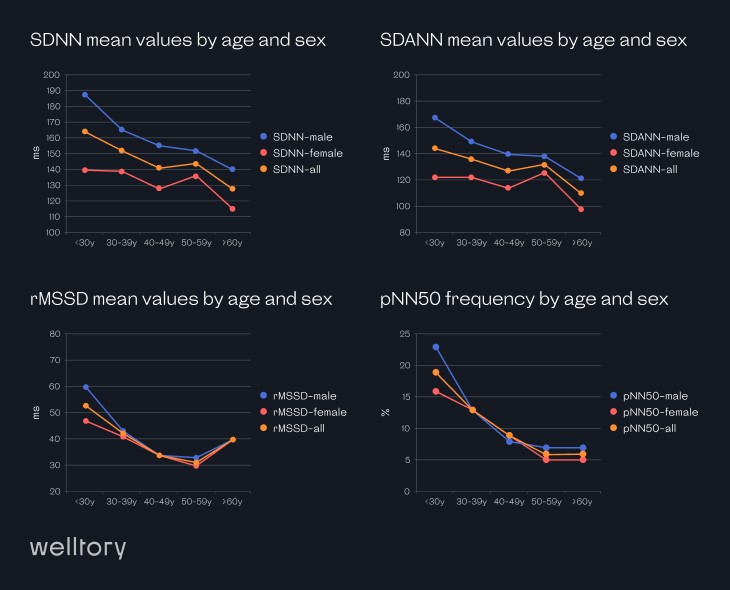
-
@aslysz if not medically approved device (none of the sports watches are) than we should not look for the reason I guess. It may be a lot of reasons. I.e: I see more light bleeding of the sensor on suunto than on the Ultra even though the Ultra is more loose, wearing it on left hand vs right hand also causes differences.
What I’ve always been able to correlate is the trend. If I am sick or too tired or beer it goes down. Much rested it goes up.
Now is my pre race week where I rest more and recover and the hrv is above my normal values